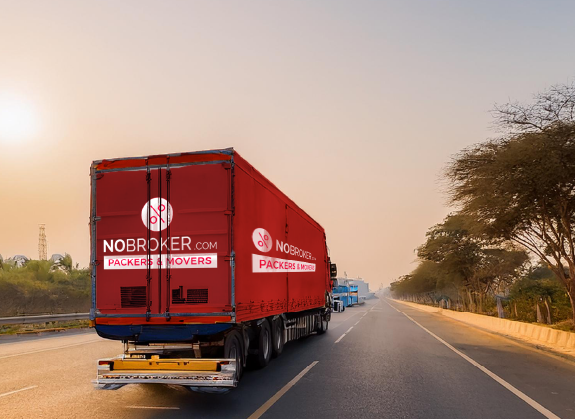Your Feedback Matters! How was this Answer?
Shifting, House?
✔
Lowest Price Quote✔
Safe Relocation✔
Professional Labour✔
Timely Pickup & Delivery
Intercity Shifting-Upto 25% Off
Check Prices

Intracity Shifting-Upto 25% Off
Check Prices

City Tempo-Upto 50% Off
Book Now
Hi Pal,
With the employment of the appropriate fire safety equipment, such as extinguishers, hose reels, fire monitors, nozzles, and hose pipes, a fire fighting system for building is an activity of prevention during the spread of a fire in a building, residence, or warehouse.
Decide on the safest home interiors with experts. Contact NoBroker and design your house for safety and security of your loved ones. Click here to pay your utility bills using credit cards through NoBroker and earn reward points on your card. What is fire fighting system for commercial building?The goal of a fire fighting system is to safeguard human life and property, absolutely in that order, making it one of the most crucial building services. It is made up of three main components: fire storage tanks, which are enormous tanks used to store water underground or on top of buildings. A sophisticated pumping system, a vast network of pipes, and sprinklers or hydrants as their final destinations (nearly all buildings require both of these systems)
What is fixed fire fighting system?
A fixed firefighting system or a fixed fire-extinguishing installation is used to safeguard sections on an oil platform that contains priceless or essential equipment. An extinguishing agent, such as a gas or chemical, is swiftly poured into the safe region.
Types of fixed fire fighting agents:- Chemical gases:
The most frequently utilised extinguishing agents are chemical ones. They typically behave like a liquid when stored under pressure but change back to a gas when released. Since the majority of chemical gases belong to the HFC family, they are not subject to the Montreal Protocol's limitations on chemicals that deplete the ozone layer. HFCs put out fires by obstructing the chain reaction of combustion. They can be used in computer rooms and on live electrical equipment. Chemical gases like FE25 and HFC227ea offer two incredibly affordable ways to put out fires.
- Inert extinguishing agents:
The most environmentally benign gases are inert extinguishing agents. A risk's oxygen concentration is lowered by an inert gas to a value below the point at which combustion is supported. Pressure relief venting is typically needed for inert gas systems to protect the room's construction. Inert gases are offered in 80, 100, 120, and 140 litre cylinders and at pressures of 150, 200, and 300 bar. Because of the superior flow characteristics of inert gases, the cylinder can be kept some distance from the danger. Subject to design, inert gases may be employed in populated spaces.
- Carbon Dioxide:
For spaces like switchrooms and printing equipment that are typically unattended, CO2 systems offer excellent, economical alternatives. After a discharge, these systems are simple and cheap to recharge.
- Water Mist:
A water mist system offers a very adaptable and powerful extinguishing/suppression package, and is rapidly evolving into the technology regarded as needed for the majority of threats. Systems that use water mist are hygienic, small, and have the ability to quickly and easily reload in the event of a discharge. Systems for automatic point detection/discharge or complete deluge are available in open and closed piping types. These systems are particularly "green" and ensure that any discharge causes the least amount of interruption due to the little water they utilise.
- Foam:
Typically, foam devices are employed to protect liquid fires. To put out fires, different amounts of foam and water mixtures are used. Different expansion ratios provide various levels of all-risks coverage. For the best and most economical foam system for each specific danger, different foam concentrates and foam equipment types are combined.
I hope this answer suffices your query about the fire fighting system for building. I hope this helps:)
Read More:
Does Home Insurance Cover Accidental Fire? Does A Fireplace Add Value To A Home? Why Fire Protection System Is Important In A Building?Your Feedback Matters! How was this Answer?
Shifting, House?
✔
Lowest Price Quote✔
Safe Relocation✔
Professional Labour✔
Timely Pickup & Delivery
Intercity Shifting-Upto 25% Off
Check Prices

Intracity Shifting-Upto 25% Off
Check Prices

City Tempo-Upto 50% Off
Book Now
Related Questions
Related Questions in Generic Interiors
Most Viewed Questions
Recently Published Questions
Authors Of The Question

0 Total Answers








What is Fire Fighting System?
Tina
77 Views
2 Answers
2 Year
2022-07-29T10:15:40+00:00 2022-08-03T13:31:20+00:00Comment
Share